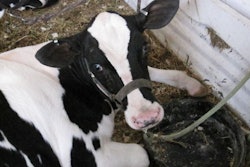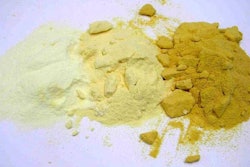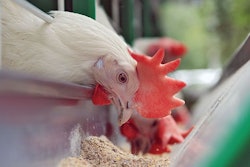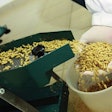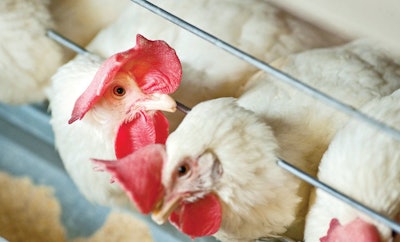
This inexpensive ingredient can save producers from financial losses resulting from cracked eggs
Cracked eggs remain a major financial loss for egg producers. A cracked egg has virtually no value and can even become a source of problems if it remains undetected for long.
On the other hand, calcium – the major component in eggshell – is one of the least expensive nutrients. One ton of limestone costs about US$50, so it is often the ingredient of choice for many layer diets worldwide. This, however, does not make limestone a choice ingredient.
Layer diets contain about 4% calcium, because the formation of an eggshell requires 2 grams of calcium in the form of about 5.5 grams of calcium carbonate. Maximizing calcium intake is crucial for these animals. A reduced calcium intake will cause layer hens first to deplete their bone reserves, and then to reduce and eventually cease egg production. All the while, eggshell resistance decreases, and cracked egg numbers increase.
Limestone comes from a wide variety of sources, and in very different forms and degrees of hardness. Thus, its solubility, availability, and even its concentration in calcium can be unpredictable. For example, calcium concentration varies between 32% and 38%. Quite often, one batch of limestone might contain lower levels of calcium than assumed. And, as calcium analysis is costly and time consuming, such laboratory tests can only monitor the extent of variability – which is of little use if the actual batch is already used up. Assuming a typical layer diet contains 10% limestone; this translates to a range of 3.2% to 3.8% dietary calcium. The difference (0.6%) is considered enormous for layer diets and, quite often, this undetected discrepancy is the source of eggshell quality problems.


